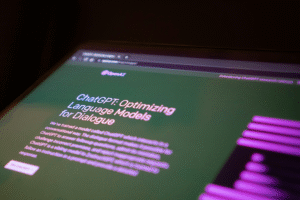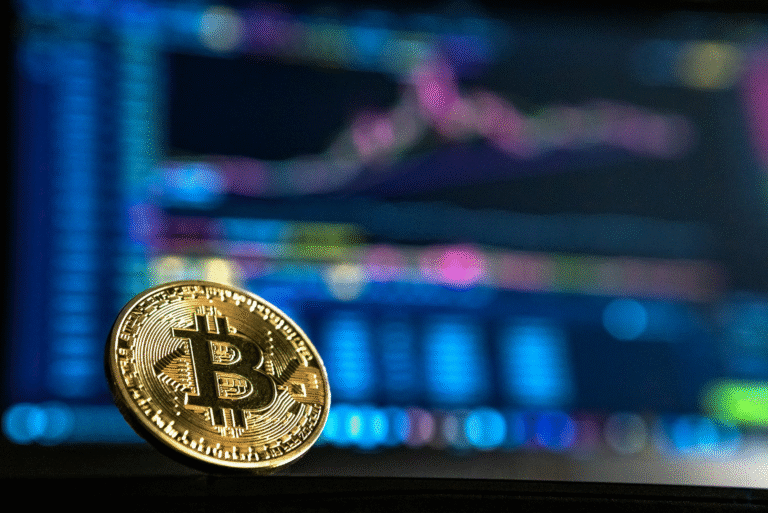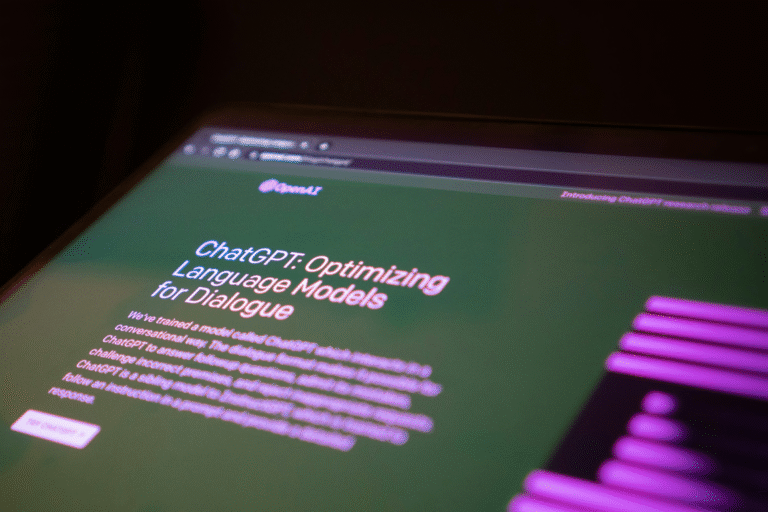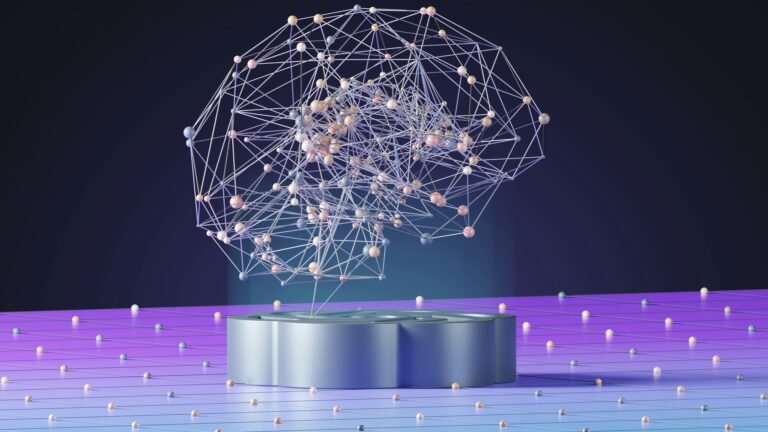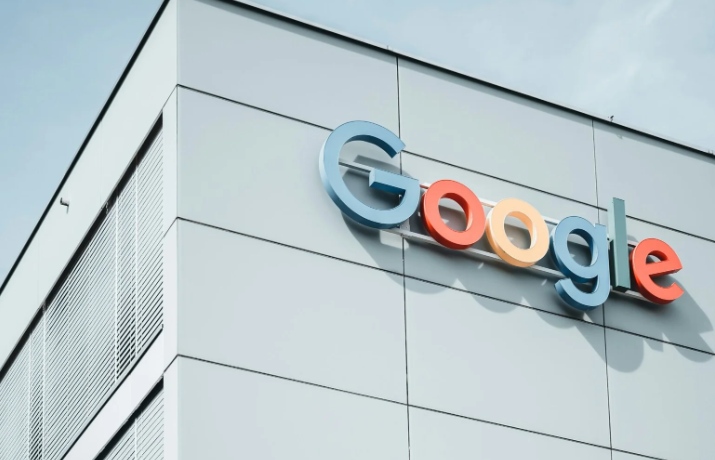Intel, one of the biggest computer chip makers in the world, has just hired three new top executives to help fix the company’s problems. The new CEO, Lip-Bu Tan, who took charge in March, is making big changes to turn Intel around after it struggled in recent years. His plan includes cutting jobs, bringing in fresh leaders, making customers happier, and making sure the company’s chip-making business does well.
One of the key steps Tan has taken is to simplify how Intel’s leadership works. Instead of having too many layers of management, he has made it flatter, meaning more teams now report directly to him. This helps decisions get made faster. As part of this change, Greg Ernst, who has worked in sales at Intel for a long time, has been promoted to Chief Revenue Officer. Before this, he was in charge of sales and marketing in the U.S.
Along with Ernst, Intel has brought in three more experts for important engineering jobs. These new hires are Srinivasan Iyengar, Jean-Didier Allegrucci, and Shailendra Desai. Each of them has a lot of experience in the tech world, and Intel believes they will help the company grow stronger.
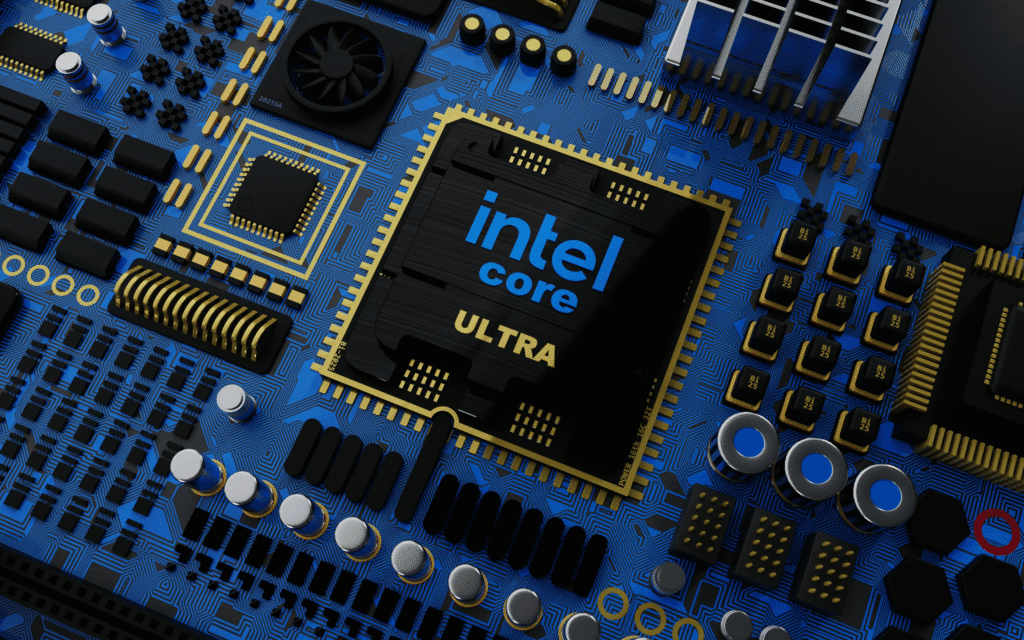
Tan said, “Greg, Srini, J-D, and Shailendra are highly accomplished leaders with strong reputations across our ecosystem, and they will each play important roles as we position our business for the future.” This shows that Intel is serious about improving and wants the best people to lead the way.
Srinivasan Iyengar, who used to work at Cadence Design Systems, will now lead a new customer engineering center at Intel. His job will be to make sure Intel’s chips meet the needs of the companies that buy them. Jean-Didier Allegrucci, who worked at Rain AI before, will focus on developing artificial intelligence (AI) systems on chips. AI is a very important field right now, and Intel wants to be a major player in it. Shailendra Desai, who came from Google, will be in charge of designing new AI chip architectures, which means he will help create the next generation of smart chips.
These changes come at a time when Intel is facing tough competition from other chip companies. For many years, Intel was the leader in making computer processors, but rivals like AMD and companies designing their own chips, such as Apple, have taken some of its business. Tan’s strategy is to bring in skilled leaders who can help Intel innovate and win back customers.
Another big part of Tan’s plan is to make Intel’s foundry business successful. A foundry is a factory where chips are made, and Intel wants other companies to hire them to produce chips, not just rely on them for their own designs. This could be a huge opportunity, but it also means Intel has to prove it can make chips as well as companies like TSMC, which is currently the biggest chip manufacturer in the world.
The new hires show that Intel is focusing heavily on engineering and technology. In the past, some people felt Intel was falling behind in innovation, but with these experts joining, the company hopes to catch up and even lead in areas like AI and advanced chip manufacturing.
Intel has been through a lot of changes recently, including switching CEOs and announcing job cuts. But with Tan’s leadership and these new executives, the company is hoping for a fresh start. The tech world moves very fast, and Intel knows it has to act quickly to stay relevant.
The future of Intel will depend on how well these new leaders perform. If they can bring new ideas, improve the company’s products, and make customers trust Intel again, the company could return to its former glory. But it won’t be easy, as the competition is strong and technology keeps changing.
For now, Intel is betting on its new team to guide it through these challenges. The world of computer chips is always evolving, and with these smart hires, Intel is trying to make sure it doesn’t get left behind. People in the tech industry will be watching closely to see if these changes work and if Intel can once again become the powerhouse it used to be.
In the end, it all comes down to execution. Having great leaders is important, but they must deliver results. If Intel’s new team can bring fresh energy and smart strategies, the company might just make a strong comeback. The next few years will be crucial, and everyone—employees, investors, and customers—will be hoping for the best.
Intel’s story is a reminder that even the biggest companies can face tough times, but with the right leadership, they can bounce back. The tech world is full of surprises, and Intel is determined to write its next chapter as a success story. Only time will tell if these moves pay off, but for now, the company is taking bold steps to secure its future.





